Louann wasn’t sure about Xizi’s offer of a makeover
Spring varsity tightrope was in full swing
Mitzi froze in front of the camera
Arlene respected truth-tellers, whoever they were
Sugarplum could do several things at once
Art and photos by Jane Hart

Louann wasn’t sure about Xizi’s offer of a makeover

Spring varsity tightrope was in full swing

Mitzi froze in front of the camera

Arlene respected truth-tellers, whoever they were

Sugarplum could do several things at once
Art and photos by Jane Hart

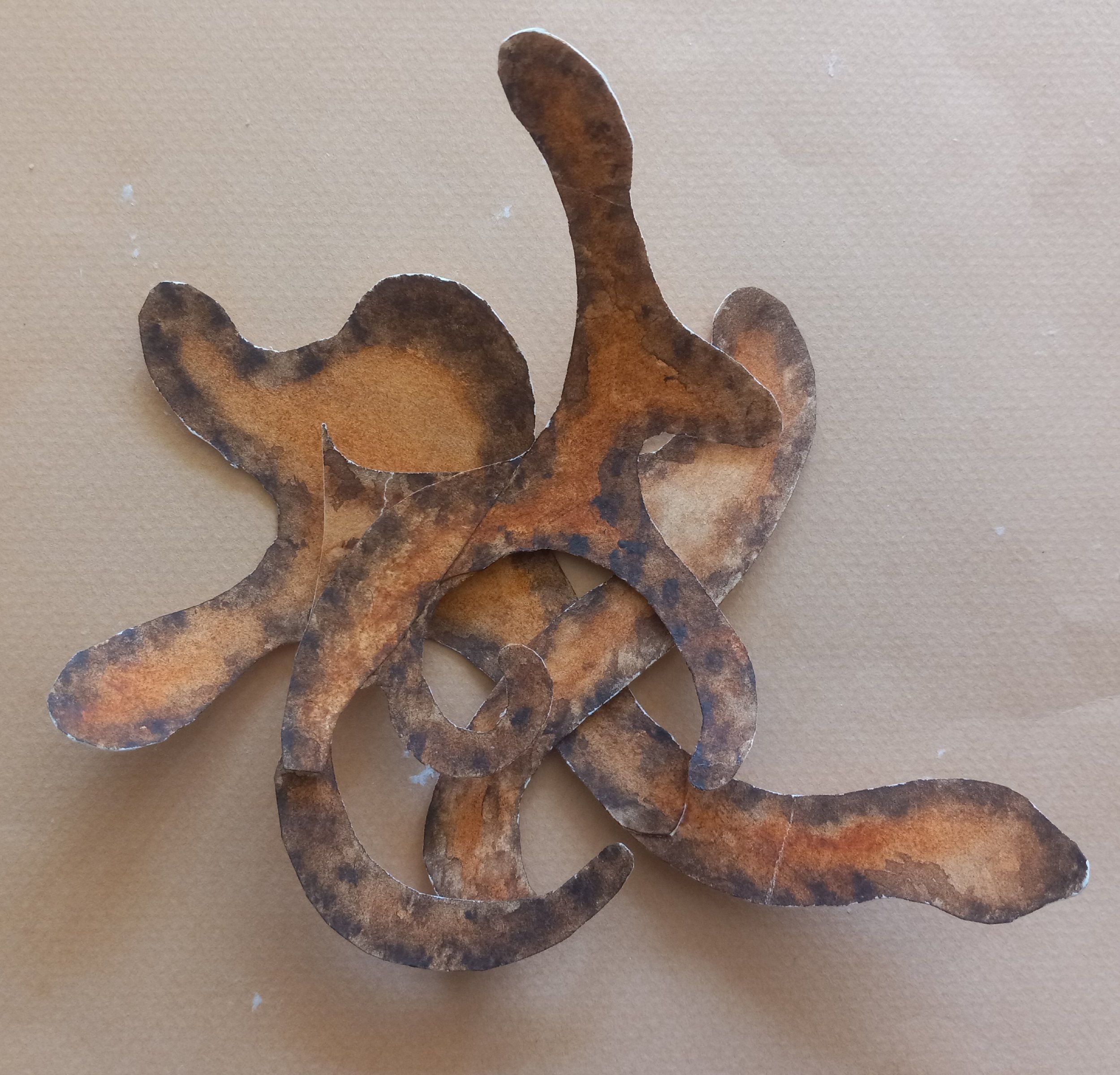

Art and photos by Sheila Benedis

Clearly a bear in green disguise—captured, luckily, by Bob Abramovitz.

Photo by Edward Kasinec

Photo by Hildegarde Gray

Photo by Edward Kasinec

The Great Lawn

Wild Whites
Photos by Edward Kasinec
The annual Pinkster festival takes place in spring. The name is a variation of the Dutch word Pinksteren, meaning “Pentecost.” Pinkster in English refers to the festivals held by the Black populations of New York and New Jersey, particularly in the early 19th century. To the Dutch, Pinkster was a religious holiday, a chance to rest, gather, and celebrate Christian sacraments such as baptisms and confirmations. It also had a long tradition as a day of dance and merriment. For enslaved people, Pinkster was a time free from work, a chance to gather with family and friends. Over the centuries, Pinkster grew into a multifaceted celebration of African culture, featuring music, dance, drumming, storytelling and foodways that enabled enslaved and free Black Americans to reclaim their heritage and served as a form of joyful resistance against oppression.
Since the 1970s, New York has made efforts to resurrect Pinkster. Our own Sleepy Hollow Philipsburg Manor restoration has celebrated Pinkster since 1977. It’s the only true Pinkster recreation in North America. Every spring, it recreates an authentic celebration of Pinkster in North America, combining both Dutch and African traditions. For guests of all ages, Djembes and Dance—which includes a recreation of a colonial Pinkster festival—is a delightful and instructive experience. The occasion recognizes both slavery's tyranny in New York and its final defeat.
And this year, Ruth Dinowitz and Harry and Marianne Bloomfeld joined in the fun!

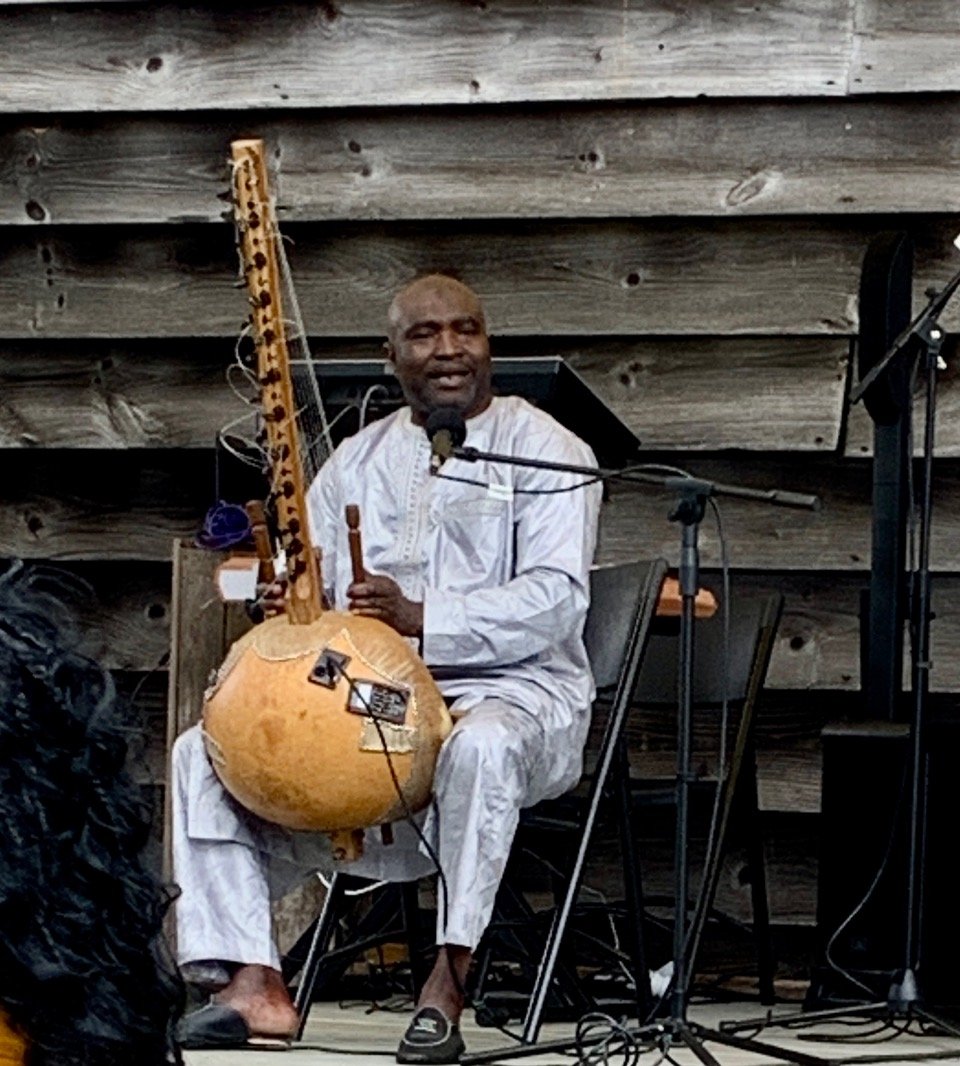
Traditional instruments (with some modern help)

With song and story-telling

Preparations for celebrating Pinkster
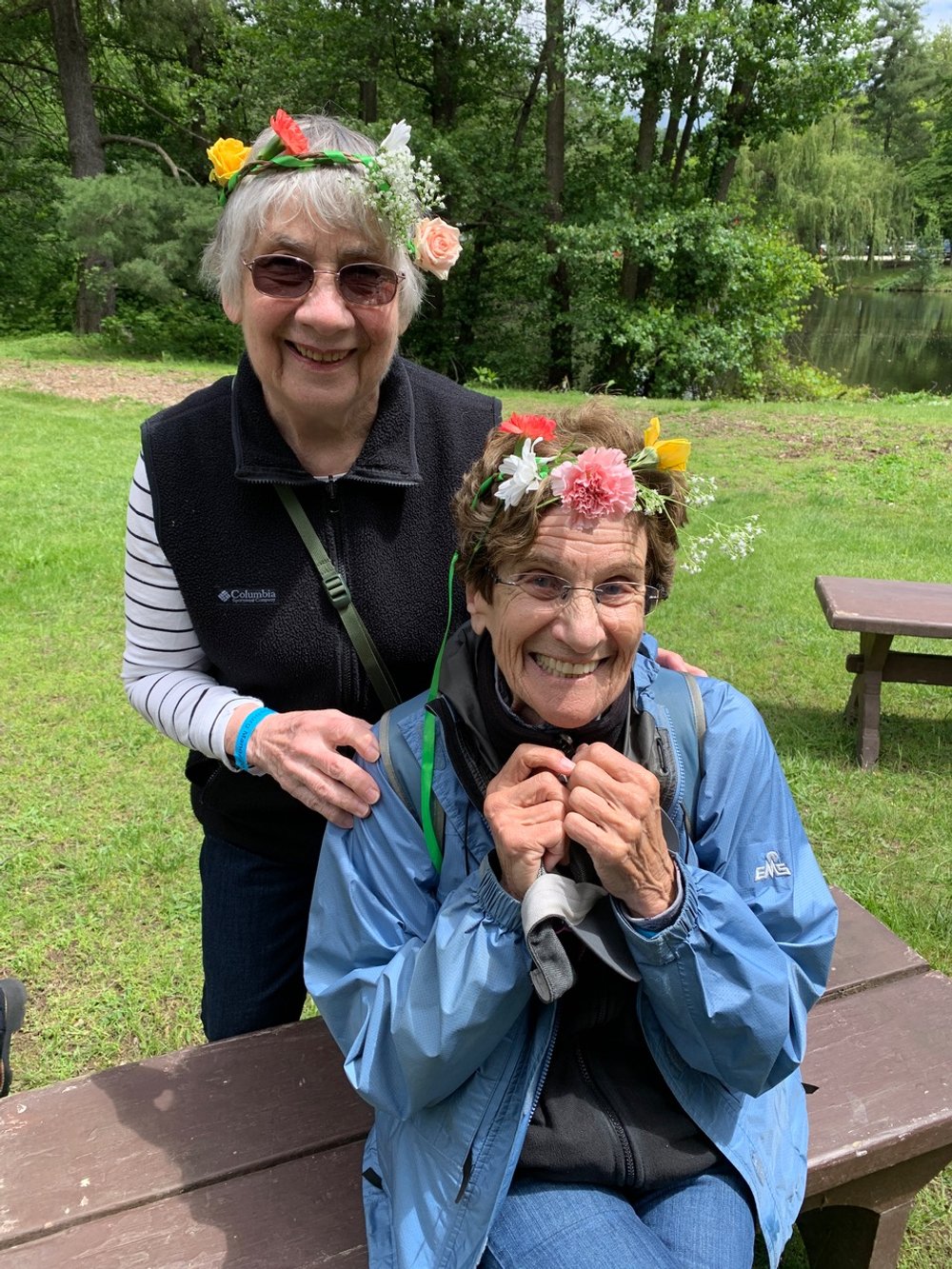
And the happy results!


The aim is fun, not financial windfall. Fear not any Atlantic City high-rollers joining in. All skill sets are welcome. Stakes are 25-50 cents.
Want to join the fun? Call or text John Vacher: (404) 556-0557. He’ll even come and provide a short tutorial, so you’ll fit in seamlessly your very first Wednesday night.

From the desk of Ellen Ottstadt

London was once a prominent beer-brewing city. In the 1850s, the U.K. capital was home to the largest brewery in the world. London’s beer business was robust in the 19th century—and it was also the source of an industrial accident that sent thousands of gallons of beer flooding the streets.
It happened at the Horse Shoe Brewery, located at the corner of Great Russell Street and Tottenham Court. On the afternoon of Monday, October 17, 1814, one of the large iron rings used to hold together the brewery’s wooden fermentation tanks broke. The vat was massive: It stood about 22 feet high, and held roughly the equivalent of more than 3,500 standard barrels of the company’s porter beer.
Within an hour, the damaged tank burst, sending a gush of beer that broke through a wall and caused several more of the tanks on the premises to split open. More than 380,000 gallons of beer then rushed through the streets of St. Giles, a densely populated, poverty-stricken London neighborhood. The wave reached up to 15 feet high, and came crashing into nearby homes and businesses. Although everyone at the brewery survived, the London Beer Flood claimed the lives of eight people in the neighborhood.
In the aftermath, the media reported a respectful atmosphere as St. Giles residents reckoned with the tragedy; stories about locals scooping up as much beer as they could drink also emerged, although historians now dispute the likelihood of these reports. A hearing ultimately found that the brewery was not responsible, dubbing the incident an act of God.
Source: historyfacts.com
Contributed by Jane Hart


Contributed by Maria Harris



Contributed by Maria Harris


Art and photo by Sheila Benedis

Kay had hopes for winning next year’s Triple Crown

Preston worried incessantly

Venus needed a nap now and then

To their credit, Lucy’s friends never mentioned that Kent looked corrugated

Rona loved the spotlight
Art and photos by Jane Hart

Lumbering Beeches . . .

with Green Streamers . . .

A feeding frenzy, by Carolyn Reiss

Siesta time after a lovely meal, by Mimi Abramovitz

“So glad we’re at Kendal, and not some place where an old goat is just a number, “ says photographer Jane Hart
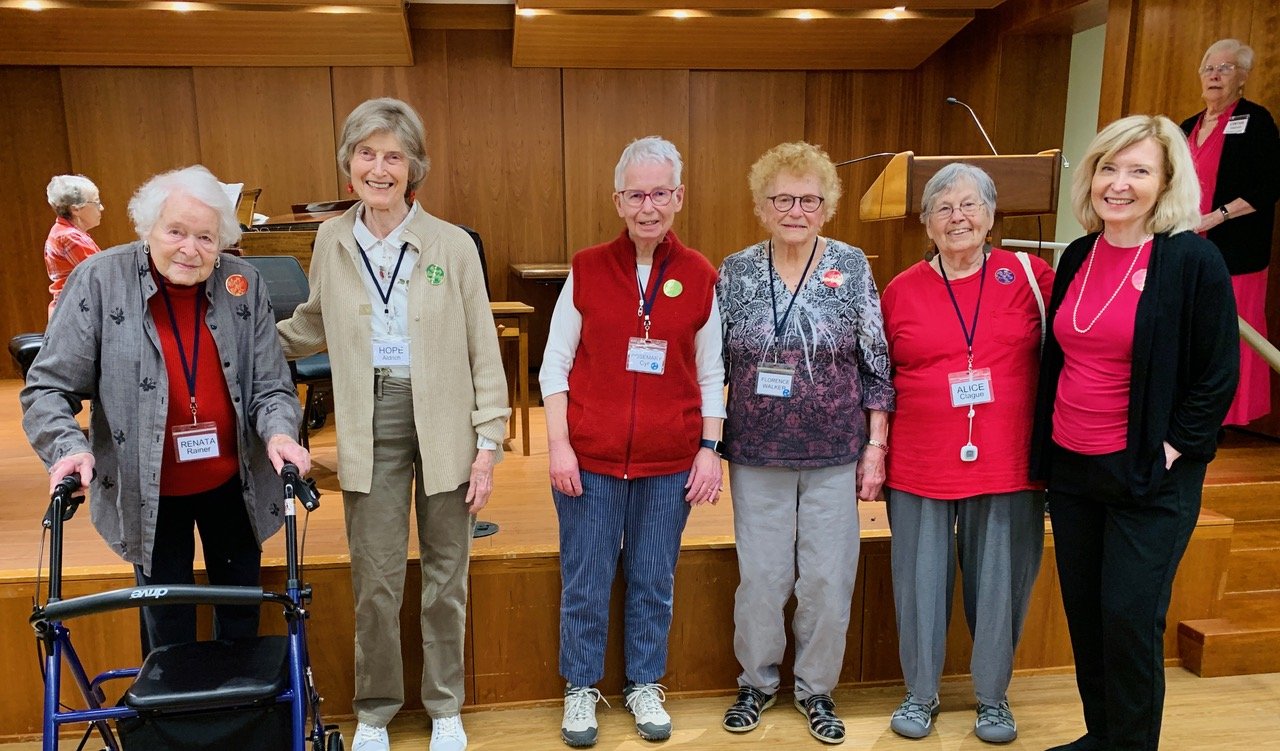
Photo by Harry Bloomfeld

Waiting for the worm?

Our blue heaven
One beautiful May day, Mimi Abramovitz, Henry Neale, and Caroline Urvater took a trip up to see the Croton Dam.





The aim is fun, not financial windfall. Fear not any Atlantic City high-rollers joining in. All skill sets are welcome. Stakes are 25-50 cents.
Want to join the fun? Call or text John Vacher: (404) 556-0557. He’ll even come and provide a short tutorial, so you’ll fit in seamlessly your very first Wednesday night.
Our second anniversary celebration featured planting a beautiful—and indigenous—dogwood in the Sunnyside garden. Nearby, we also planted a time capsule to be opened in 20 years to remind Kendal residents in 2045 of those of us in 2025. Jean Eccleston, Hildegarde Gray, Muriel Fox spoke, and, to top it all off, Kendal Poet Llyn Clague read an ode to our community (scroll all the way down for Llyn’s lovely poem).



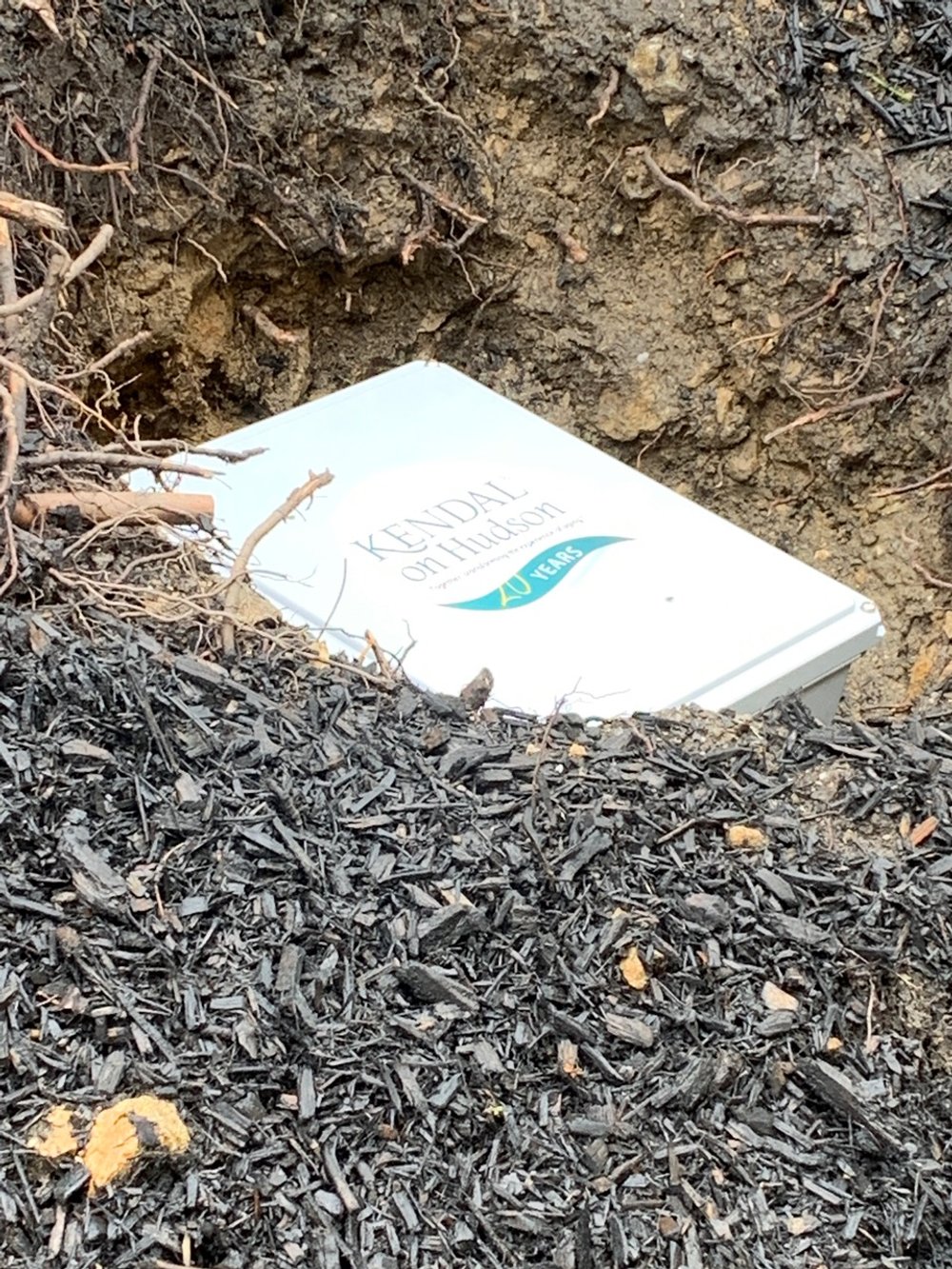
What’s In the Time Capsule?
Transcript of introduction by KoH CEO Jean Eccleston
Transcript of remarks by Hildegarde Gray
Transcript of summary of capsule’s contents by Time Capsule Chair Muriel Fox
View of KoH buildings
Quaker Values and Practices booklet
Annual report of KoH Residents Association
Spotlight issue
Kendal View magazine
List of Residents Association committees
List of Residents Association interest groups
List of book groups
Staff appreciation letter, backed by list of fund-raising appeals
Photo of staff members at Staff Appreciation Fund party
Photo of Facilities staff at Staff Appreciation Fund party
Photo of KoH staff group in Halloween costumes
List of local charities served by annual appeal
T-shirt from annual Alzheimer’s Walk
Mask worn by sick residents during the covid pandemic
Photo and crafts item from Tuesday Morning Club, where independent-living residents join Adirondack residents for weekly songs, crafts, and discussions
Instruction sheet, FAQ sheet, and monthly volunteers list from Co-pilots
List of KoH menus for one week
Photo of Executive Chef Eddie Dias in KoH kitchen
Photo of KoH dining staff
Photo of Healing Garden, adjacent to Clearwater
Promotional materials: brochure written by residents …celebration of 20th Anniversary
Group fitness schedule for March 2025
Fitness newsletter for March 2025
Calendar of events for month of May 2025
List of KoH events & concerts available in KoH video library, 2024-25
List of movies on demand available in KoH video library
List of operas shown Saturday afternoons by Opera Committee
Report of Committee on Lenape, the indigenous tribe whose land is occupied by KoH
Front page of New York Times, May 9, 2005, the day KoH was opened
Front page of New York Times, May 9, 2025
Front page of Journal News, May 9, 2025



A Sapling and a Capsule
Dedicated to the 20th Anniversary of Kendal on Hudson Llyn Clague
Collaborate, celebrate, commemorate, Twenty years to date, twenty years to come
We are gathered here to mark a milestone along the path of this place we call home. Standing on two decades of past success, to a Kendal two decades hence we present a gift from our vibrant present.
To honor the moment, we plant a tree that in time will grow and mature, and we bury a can affording the future cameos of our daily reality: sapling and capsule, symbol and sample, avatar of life, scraps and mementos.
Collaborate, commemorate, celebrate Twenty years to date, twenty to come
We honor the body of Kendal, the campus on this hill beside the gorgeous Hudson: four sand-colored buildings, solid examples of physical fact, their names iconic symbols of river boats floating on a river of green.
We honor the lives of the people of Kendal, from the first, a full score of years away, to the some fourteen score here on this day, to the latest moving in just yesterday, to you, another score of years from today.
Collaborate, commemorate, celebrate Twenty years to date, twenty to come
We honor the spirit of Kendal, sample and symbol embodied hourly in word and gesture of our people, in every item and object in the buried capsule, a spirit aspiring, past missteps, to move, through friendliness, to friendship, to community.
And we honor the spirit of community in the imagination, for only in imagination do we bond with you, in the future, as, in history, with Founders, a bonding more perfect in the imagination than on a real campus— sample and symbol of quintessential community.
Collaborate, celebrate, commemorate, Twenty years to date, twenty years to come

From the Office of Ellen Ottstadt

Long before anyone laughed out loud on the internet or in emails, “LOL” was in use by virtue of a different phrase: “little old lady.” The acronym was popularized by San Francisco Chronicle columnist Herb Caen in the 1960s. Caen used the abbreviation “LOL” in many of his works to refer to a “little old lady.” In his 1960 book Only in San Francisco, he described an outfit that included a tricorn hat topped with an “evil-looking bird of prey” as the “regalia of the authentic LOL.” He also once used “little old lady” as an affectionate nickname for a woman who angrily called the White House and told one of Richard Nixon’s aides of her wish that the commander in chief “go COMPLETELY to hell.” After calming down, she made another call, this one to the FBI, to ask, “Is telling the president to go to hell the same thing as threatening his life?” They assured her it was not. In other words, not every LOL was as quiet and demure as that description makes them sound. That was certainly true of the title character in the 1964 hit song “The Little Old Lady From Pasadena,” which describes this situation: “And everybody’s sayin’ that there’s nobody meaner than / The little old lady from Pasadena / She drives real fast and she drives real hard / She’s the terror of Colorado Boulevard.” It seems this particular LOL was nothing to LOL about.
Source: historyfacts.com
Contributed by Jane Hart

The Fentons liked to birdwatch up close and personal

Edie was never shy to say if you were having a bad hair day

The cool crowd 60 years later was an eye opener for Vinnie

You needed just the right words to talk to Thornton about his halitosis

All the rare species knew Collingwood’s whistle
Art and photos by Jane Hart







An interior garden: quite succulent!
Photo (and garden) by Maggie Limburg

Nap time at Rockwood Park, by Mimi Abramovitz

Green pastures

Carpet of Green


Photo by Joe Bruno

Photo by Joe Bruno
Every year a host of peonies—given Rockefeller State Park Preserve by the Japanese government to honor those who died on 9/11—burst into radiant bloom. And Kendalites were there, again, to see them this year.
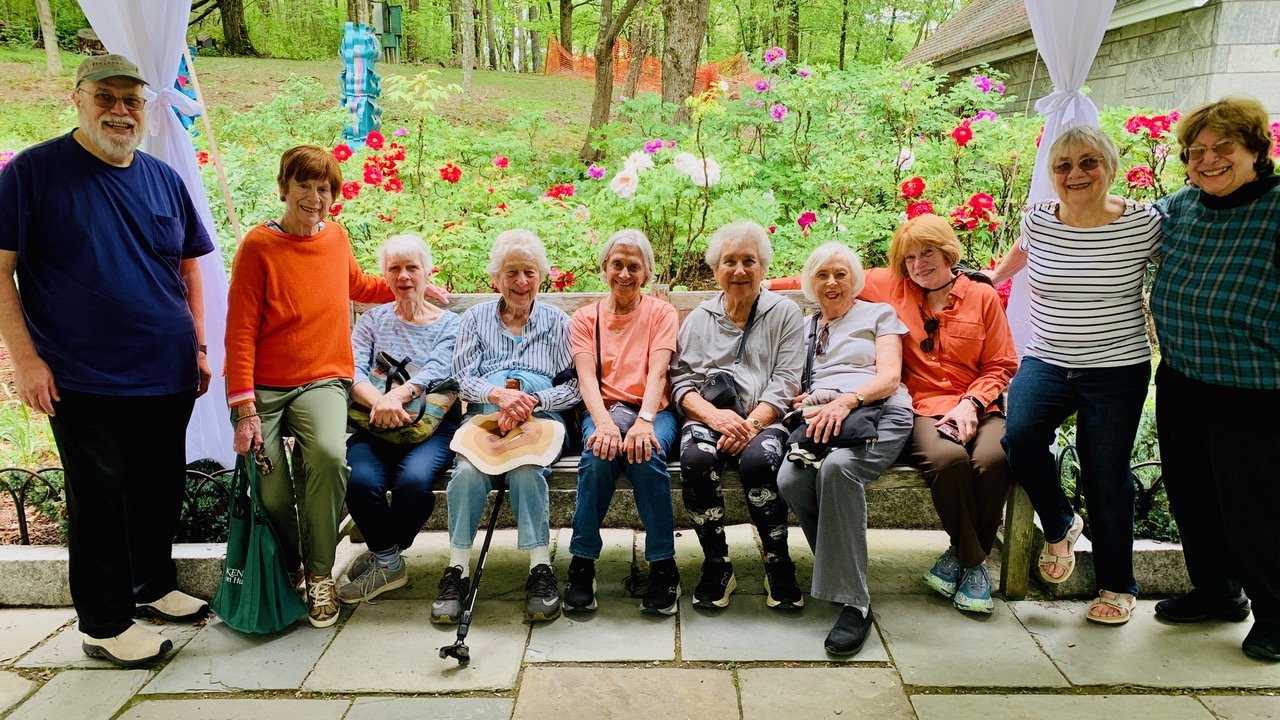

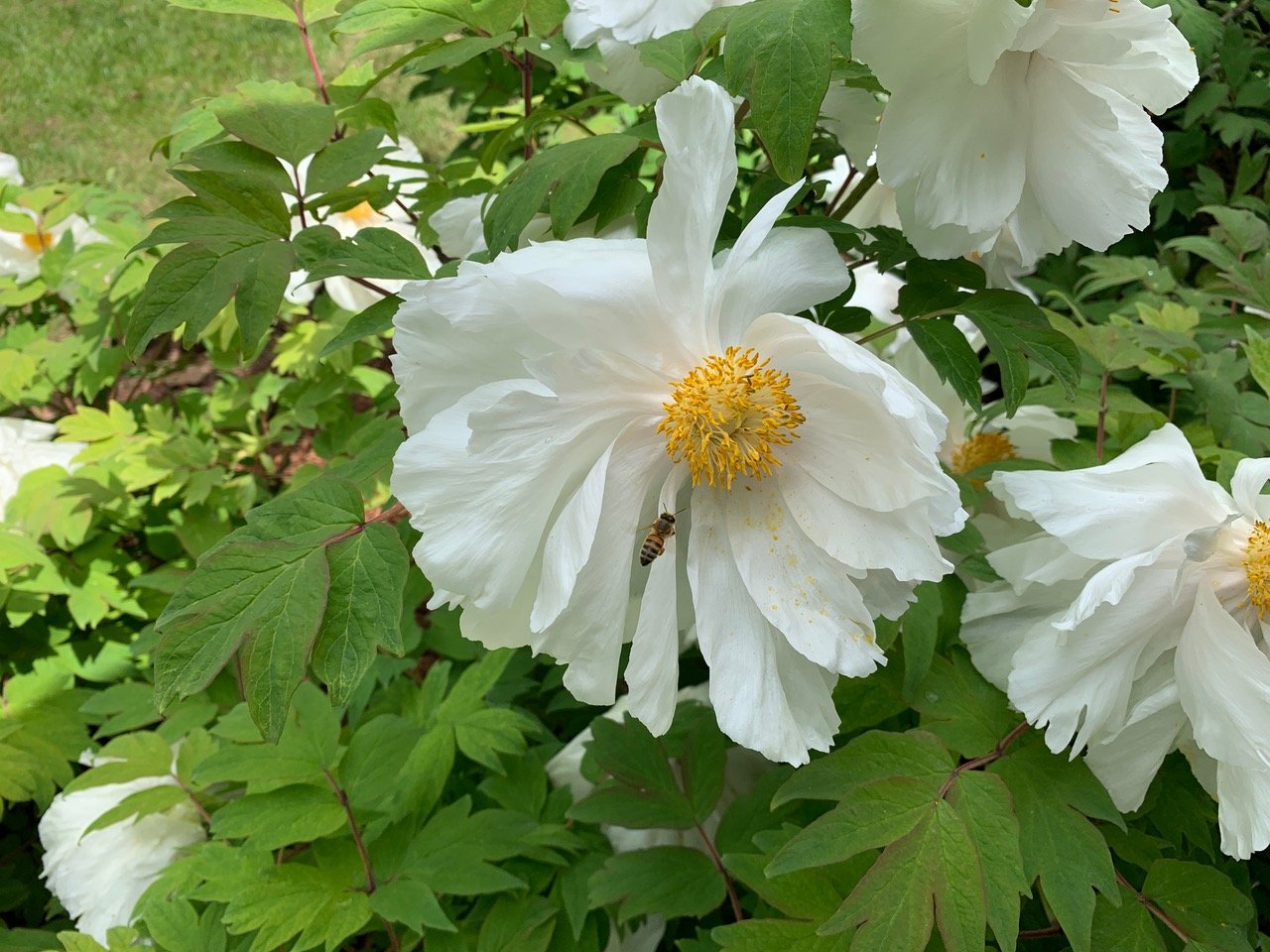
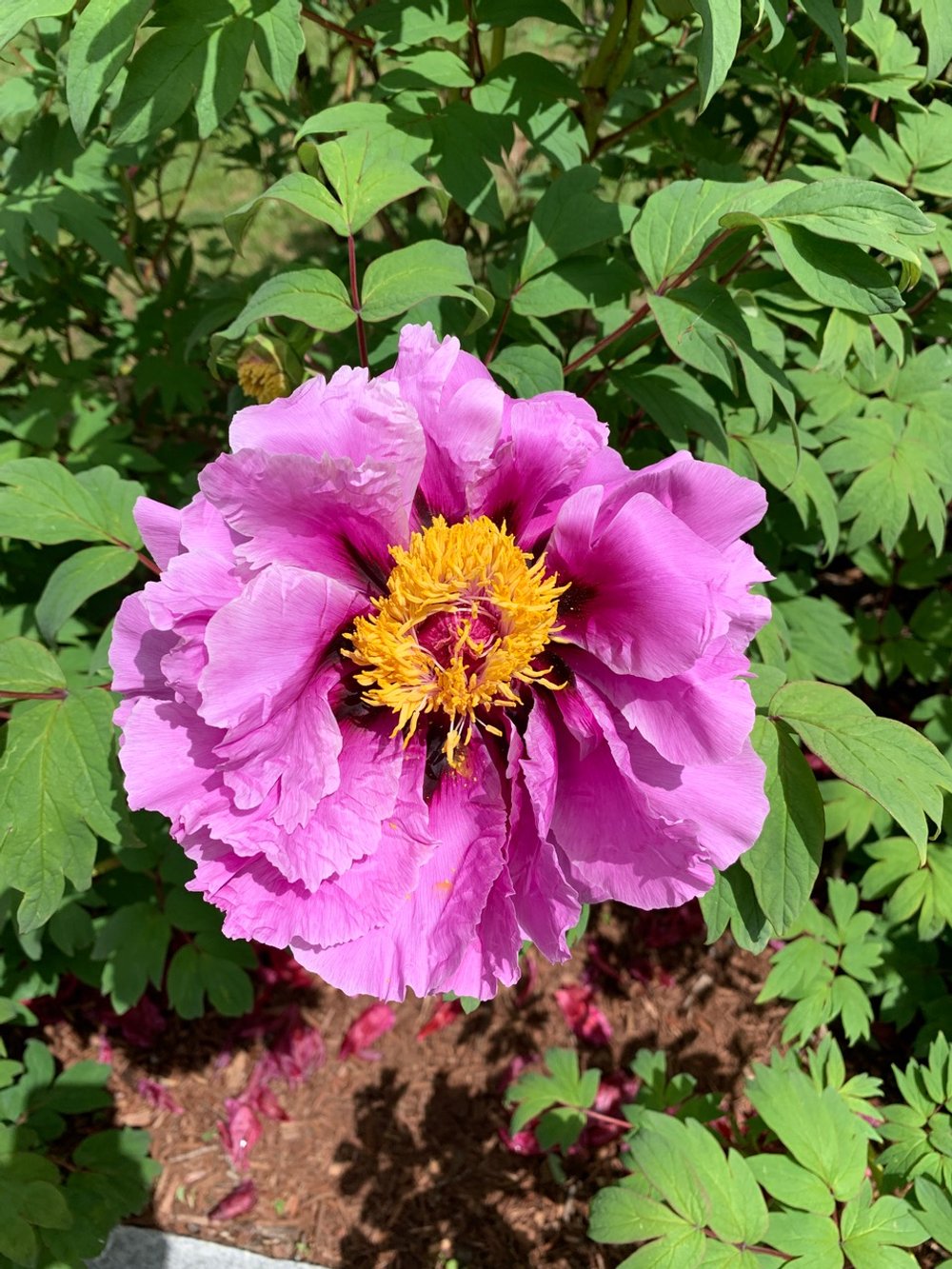
Photos by Harry Bloomfeld
Carolyn Reiss visited the Newington-Cropsey Foundation Bird Art exhibit and took time to enjoy their gardens, as well.


Red bud with blossoms on the trunk!
Photos by Carolyn Reiss

View from the Bruno’s hotel room in London
Photo by Joe Bruno
© Kendal on Hudson Residents Association 2015, 2016, 2017, 2018, 2019, 2020, 2021, 2022 all rights reserved. Please do not reproduce without permission.
Photographs of life at Kendal on Hudson are by residents.